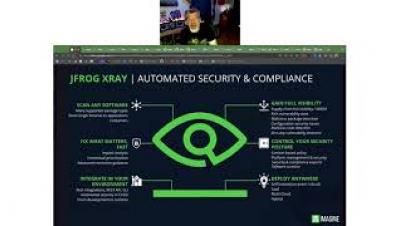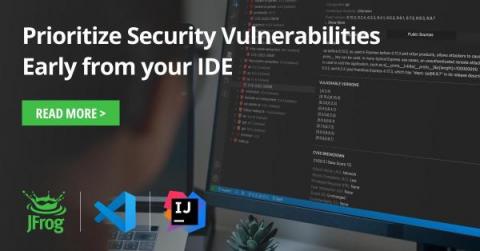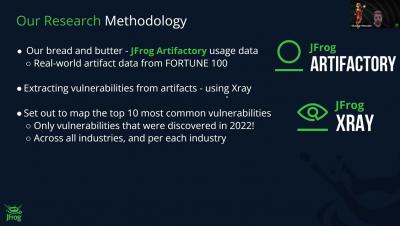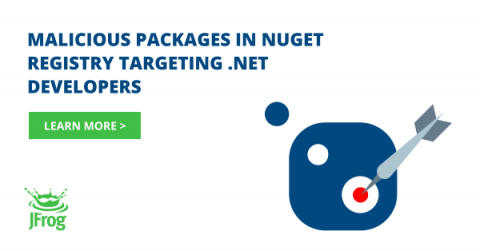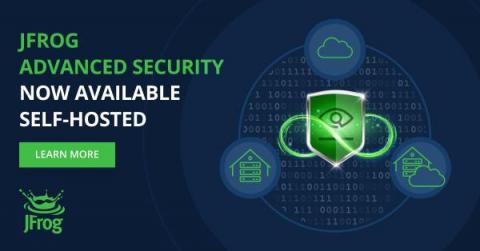Security | Threat Detection | Cyberattacks | DevSecOps | Compliance
JFrog
Zero Day Doesn't Mean Zero Hope
#zeroday #security #sca #devops #devsecops #devopssecurity #softwaresupplychain
Save time fixing security vulnerabilities much earlier in your SDLC
Are you or your development team tired of using application security tools that generate countless results, making it difficult to identify which vulnerabilities pose actual risks? Do you struggle with inefficient or incorrect prioritization due to a lack of context? What adds insult to injury is that traditional CVSS scoring methods ignore critical details like software configurations and security mechanisms.
JFrog DevSecOps Triple Therapy
Learn more about bringing your Dev, Sec and Ops Teams together at https://jfrog.com/
2023 Security Prediction & Trends for DevOps: Smarter Protection with Data & Intelligence
Attackers are starting to target .NET developers with malicious-code NuGet packages
Malicious packages are often spread by the open source NPM and PyPI package repositories, with few other repositories affected. Specifically – there was no public evidence of severe malicious activity in the NuGet repository other than spam packages used for spreading phishing links. As with other repositories, the JFrog Security Research team regularly monitors the NuGet repository for malicious packages, including manual analysis of suspicious code.
Examining OpenSSH Sandboxing and Privilege Separation - Attack Surface Analysis
The recent OpenSSH double-free vulnerability – CVE-2023-25136, created a lot of interest and confusion regarding OpenSSH’s custom security mechanisms – Sandbox and Privilege Separation. Until now, both of these security mechanisms were somewhat unnoticed and only partially documented. The double-free vulnerability raised interest for those who were affected and those controlling servers that use OpenSSH.
Advanced DevOps Security With Development Flexibility
Announcing the general availability of JFrog Xray’s advanced security features in self-hosted subscriptions, organizations have the flexibility to manage and secure their software development pipelines in-house and in the cloud.
Testing the actual security of the most insecure Docker application
Our previous research on CVE exploitability in the top DockerHub images discovered that 78% of the reported CVEs were actually not exploitable. This time, the JFrog Security Research team used JFrog Xray’s Contextual Analysis feature, automatically analyzing the applicability of reported CVEs, to scan OWASP WebGoat – a deliberately insecure application. The results identified that out of 60 CVEs reported with a Critical CVSS score, only 10 are actually applicable.



